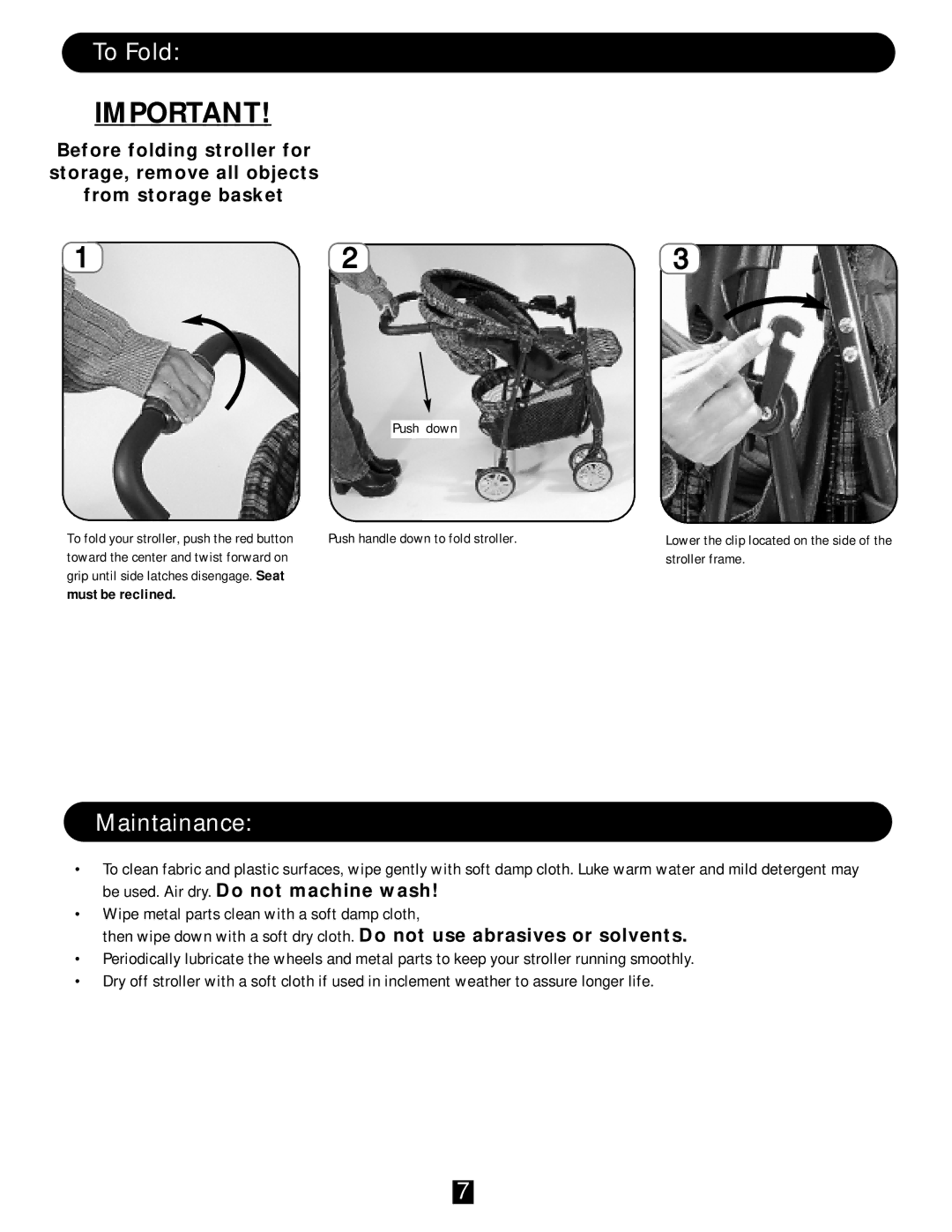FP3330, FP3345 specifications
The J. Mason FP3345 and FP3330 are two innovative products that stand out in the realm of industrial automation and control systems. Designed with advanced technology and user-centric features, these models cater to a variety of industries and applications.The FP3345 is equipped with a high-resolution display, providing clear visibility and ease of use. With its intuitive user interface, it simplifies setup and operation, allowing users to navigate through settings with minimal training. The FP3345 supports multiple communication protocols, including Ethernet, Modbus, and CAN, ensuring seamless integration into existing systems. This flexibility makes it suitable for complex applications that require reliable data exchange between devices. Additionally, the FP3345 is designed to handle a wide range of input/output configurations, accommodating various sensors and actuators, which enhances its versatility in different operational environments.
On the other hand, the FP3330 focuses on compactness and efficiency. While it may have a smaller footprint, it does not compromise on performance. The FP3330 is designed for high-speed processing and can handle demanding real-time applications. Its built-in memory facilitates data logging and analysis, which is essential for predictive maintenance and operational optimizations. This model also features robust connectivity options, enabling it to connect with cloud services for remote monitoring and control.
Both models feature rugged construction, making them suitable for harsh industrial environments. They are engineered to operate within a wide temperature range and are resistant to dust and moisture, ensuring reliability and longevity. Safety is also a priority; both models adhere to international safety standards, providing peace of mind for operators and stakeholders.
In summary, the J. Mason FP3345 and FP3330 are exceptional choices for businesses seeking to enhance their automation capabilities. With advanced features, versatile technologies, and a commitment to quality, these models support a wide range of applications, from simple control tasks to complex industrial systems. Investing in these devices not only streamlines operations but also paves the way for future technological advancements in the field of industrial automation.

